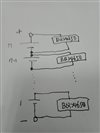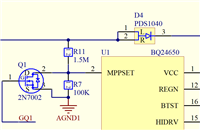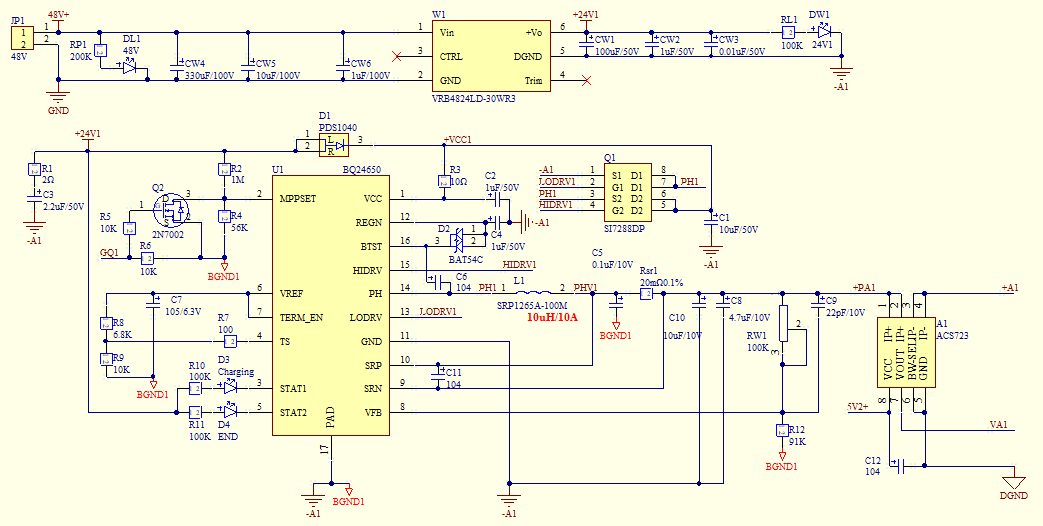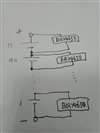Tool/software: Code Composer Studio
Single lithium battery, charging cut-off voltage = 2.6v, charging current =2A, multiple connections in series.A single BQ24650 chip sets output voltage = 2.6v and charging current =2A. A single BQ24650 is charged separately for series batteries. Is this circuit ok?If there is any question, please specify, thank you!





